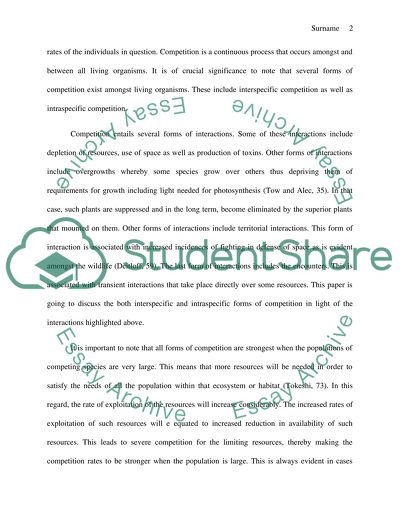Cite this document
(“Interspecific and Intraspecific Plant Competitions Lab Report”, n.d.)
Retrieved from https://studentshare.org/biology/1683373-interspecific-and-intraspecific-plant-competitions
Retrieved from https://studentshare.org/biology/1683373-interspecific-and-intraspecific-plant-competitions
(Interspecific and Intraspecific Plant Competitions Lab Report)
https://studentshare.org/biology/1683373-interspecific-and-intraspecific-plant-competitions.
https://studentshare.org/biology/1683373-interspecific-and-intraspecific-plant-competitions.
“Interspecific and Intraspecific Plant Competitions Lab Report”, n.d. https://studentshare.org/biology/1683373-interspecific-and-intraspecific-plant-competitions.


